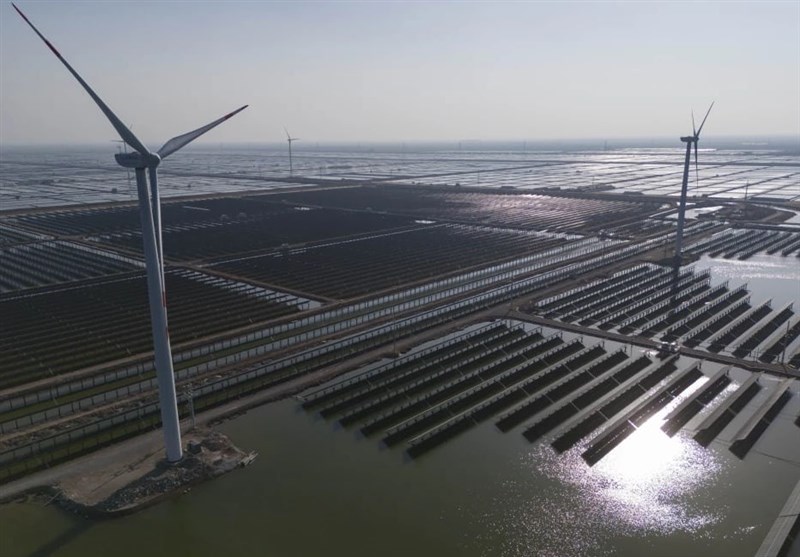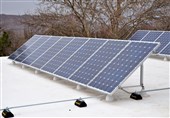China Sets Record for Wind, Solar Power Expansion in 2024
TEHRAN (Tasnim) – China’s renewable energy capacity skyrocketed in 2024, with 357 gigawatts of wind and solar power installed – a volume that can be likened to constructing 357 nuclear plants.
China significantly expanded its renewable energy capacity in 2024, installing more wind and solar power than ever before and outpacing the rest of the world in clean energy development.
The country added 357 gigawatts of wind and solar power last year, marking a 45% increase in solar capacity and an 18% rise in wind capacity compared to the end of 2023, according to China’s National Energy Administration. The scale of installations is comparable to adding 357 full-size nuclear reactors in just one year.
With this surge, China exceeded its 2030 target of 1,200 gigawatts of renewable energy six years ahead of schedule, a goal originally set by President Xi Jinping in 2019.
Despite this progress, China remains the largest contributor to global carbon emissions, heavily relying on coal for power generation, cement production, and manufacturing.
"While China’s overall emissions are the largest of any single country, they have recognized – at least, in part – that rapidly building renewables is essential for energy and climate security," said Daniel Jasper, senior policy advisor at Project Drawdown, a group focused on climate solutions. "Given the recent administration change in Washington, China is now well poised to lead the world in the energy transition."
Data from Carbon Brief suggests China’s carbon dioxide emissions, which had been rising, fell slightly in the past 10 months compared to the same period in 2023. However, it is too soon to determine whether this signals a long-term shift.
China not only produces and consumes vast amounts of renewable energy but also dominates global clean energy manufacturing. The country is the leading supplier of batteries, solar panels, wind turbines, and electrolyzers used for hydrogen fuel production, according to the International Energy Agency.
China’s manufacturing scale has helped drive down the cost of wind and solar power, making them cheaper than fossil fuels in many cases. Meanwhile, Chinese AI company DeepSeek raised hopes this week that researchers in the country may be developing new methods to generate clean energy more efficiently.
The US clean energy sector, however, faces challenges under President Donald Trump. His administration issued executive orders halting leasing and permitting for wind projects, approved oil and gas drilling in Alaska, and declared a national energy emergency, prioritizing fossil fuel production.






